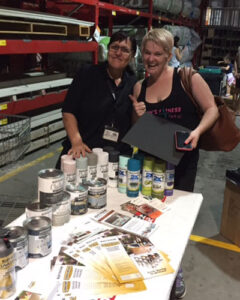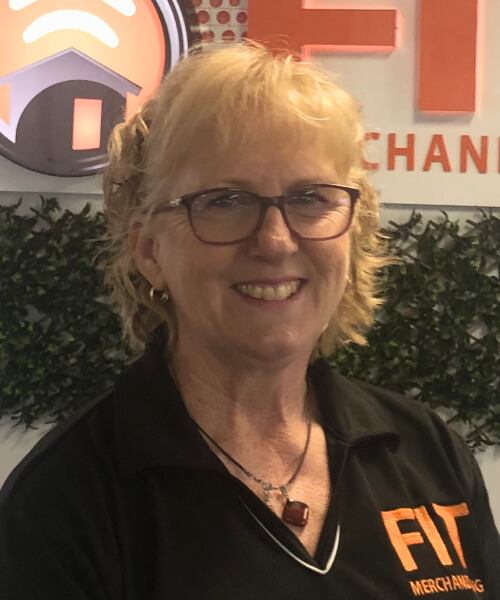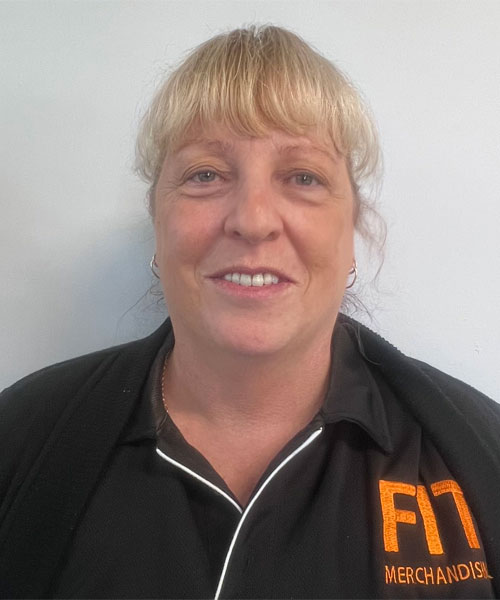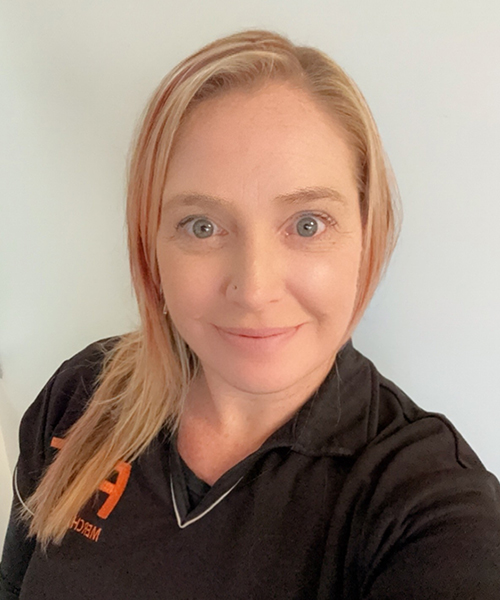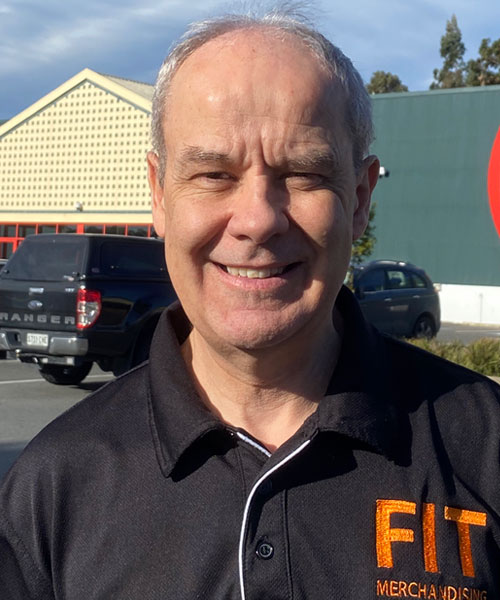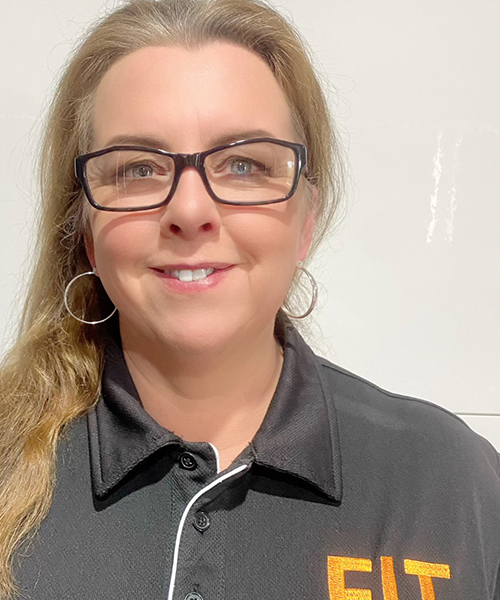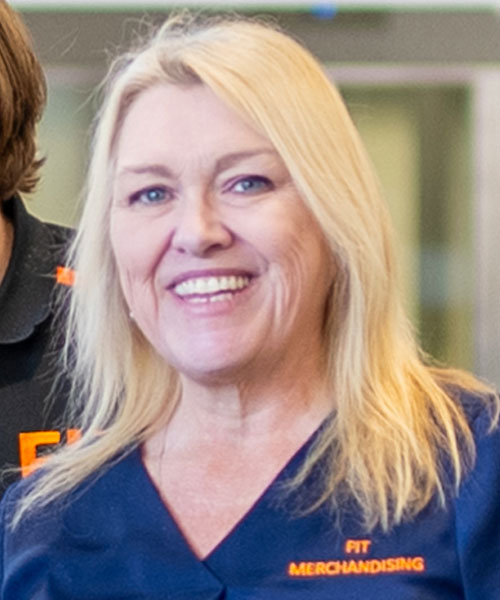3 Key Consumer Shifts Revolutionising the World of Retail
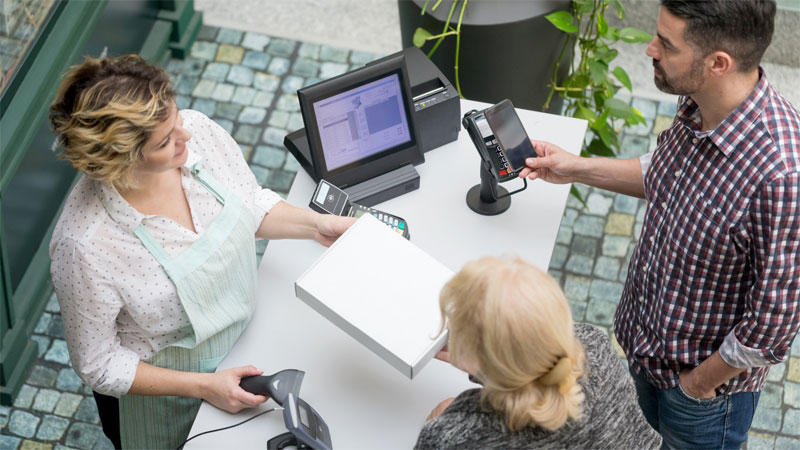
Today's consumers are more informed, empowered, and connected than ever - thanks to the advancements in technology and the unlimited availability of information.
The result is a huge shift in consumer behaviour and expectations, which has had a profound impact on the world of retail.
1. Personalisation is the new norm
A significant change that has impacted every industry is the growing emphasis on personalised experiences.
Consumers now expect tailored and unique interactions with brands. As a result, retailers must adapt by offering customisable options, personalised recommendations, and immersive shopping experiences to meet these evolving preferences.
What does this mean?
It’s more important than ever for brands and retailers to offer custom-made customer experiences, based on insights from data-driven technology. This innovation allows retailers to gain insights into customer buying behaviours and preferences, and use this information to provide more tailored products and experiences.
For example, retailers can use consumer behaviour data to segment customers and target them with relevant promotions based on their needs and preferences. Brands can use demographic, behavioural and purchasing data to develop new products.
Personalisation in stores
Demonstrations and workshops are the ideal way to immerse shoppers in custom experiences with products.
For example, in Hardware Outlets – “how to” workshops on DIY tasks such as fitting a window latch, hanging a door, spray-painting a fence, repairing a hole in plasterboard, etc could be targeted towards homeowners who are not that handy around the home. Knowing how to perform these tasks will encourage them to purchase the relevant products.
To take this one step further, the workshops could be segmented into specific demographic sectors and feature demonstrations of products that could be useful to these groups, like
- workshops for women – a demonstration of various power tools that women might typically need to use (sander, drill, etc); a demonstration of how to care for lawnmowers and whipper snippers, etc.
- workshops for budding gardeners – a demonstration of how to create a no-dig organic vegetable garden; how to propagate various plant types; nutrition and pest control, etc
- workshops for teens – how to put up a tent; how to build a planter box for mum, etc
- workshops for children – crafts, planting veggie seeds, etc.
Examples for other types of retail stores include:
- Automotive outlets - basic automotive care workshops for women, P-platers, and seniors, demonstrating specific tools and products.
- Stationery stores - office equipment operations and maintenance for admin staff, etc.
Gathering the data and using it for personalised experiences
Shoppers who attend workshops and purchase the demonstrated products could receive a bonus gift or incentive to provide their contact information.
- The Retailer and Supplier could work together to promote further purchases via personalised emails or text messages with discounts on related products.
- The Suppliers could gather important purchaser demographic data to tailor future social media and SEM promotions to the right audiences, to conduct market research and for product development purposes.
The days of “one product fits all and mass marketing to everyone” are well and truly over.
2. Hassle-free shopping with e-commerce
The rise of e-commerce and online shopping means that consumers now have access to a vast array of products from around the world, right at their fingertips.
This convenience has led to an increased demand for seamless experiences, fast shipping, and hassle-free returns.
Recent research reveals that 73% of customers prefer online shopping, even after physically visiting a store.
Online shopping became the “norm” during Covid, and although the world has emerged from the world lockdowns – the physical shopping landscape has changed for ever.
These days people want a compelling reason to go into physical shops, and retailers have had to innovate to attract consumer traffic back in to the stores.
The big shift has been towards experiential retail, as customers expect more than just products from retailers. They want an engaging shopping experience that is tailored to their specific needs and provides entertainment, education and interaction. They want shopping convenience highly personalised services, interactive elements, and rewards programs.
Time and convenience is also more important than ever. People have less time to browse through endless items and wait in line to be served.
To meet rising online shopping demand, retailers have had to prioritise convenience with services like online ordering with kerb pickup, same-day delivery and other on-demand options.
3. Sustainability and ethics in retail
Sustainability and ethical considerations have gained significant importance in the past few years.
Consumers today care about the environment and expect brands to do their part in reducing waste and promoting sustainability. Eco-friendly and socially responsible brands and products are often the main consideration for many, even over price.
Wholesalers and retailers are pressured to embrace sustainable practices, offering environmentally friendly options and transparency around communication and their ethical commitments.
More and more peoples’ purchasing decisions are influenced by Brands that use recyclable packaging and promote their strategies to reduce their environmental impact, to operate in a socially responsible way, and contribute to the UN’s 17 Sustainability goals.
Staying ahead in retail
Suppliers and retailers must continually monitor market trends, collect analytical data, and engage in proactive consumer research to stay ahead of the curve and deliver what consumers want.
It's a lot, but at FIT Merchandising, it's what we live.
If you’re ready to learn more about the changing consumer preferences, and to respond to these in a rapidly evolving marketplace, we'd love to help you thrive. Please get in touch.

